Altruism
1985by Eric Whollem
India ink, watercolor and wax resist on paper
Collection of the artist.
9" x 6"
Copyright by the artist.
Thought Forms
Leadbeater and Besant wrote a highly influential book called
Thought Forms, still in print from the Theosophical
Publishing House. These writers worked with a group of
sensitives and determined that the emotions and thoughts of
the human mind appear as distinct shapes with defining colors.
Abstract images appeared as illustrations in this book.
These abstract images greatly inspired Wassily Kandinsky,
a pioneer abstractionist of the 20th century. This is the
origin of much modern abstract art as we see it today.
Numerous varying schools of thought have developed, of
course (which we will not explore here).
Altruism thus could be "read" according to Leadbeater
and Besant's theories. The blue beings in the picture
minister to the strokes of darkness. These are the "helpers."
THEOSOPHICAL COLOR SYMBOLISM
Blue is considered to symbolize spiritual devotion; and
black represents malignancy.
In Altruism the greens and browns conmingle, showing
the dynamics of sympathy interfacing with the depressed
energy of the browns.
A table of color symbolism appears in Thought Forms.
This table of colors was so influential for Kandinsky, that he
often included mystic squares echoing the squares in the text
of the Theosophical book.
Kandinsky and Klee both taught at the Bauhaus. Klee's
Magical Squares series may have originally been inspired
by the same Theosophical source as in the case of
Kandinsky.
LITERARY WORKS
All paintings could be read this way.
Thus I am not being especially literary in my interpretation
of the above work, as this "literary" analysis could be
applied to all art.
When a work of art is said to be "literary," it is considered
to be a work that is meant to be "read" with a definite
meaning. This is normal for most symbolist or other didactic
works.
Kandinsky's book, On the Spiritual in Art, gives his own
maverick interpretation of Leadbeater and Besant's
theories. He differs in some symbolic attributions of color
symbolism. However he keeps to the idea that colors
represent human emotions.
All abstract art thus is full of readable meanings, according
to the ideas presented here. Even Rothko's monumental
works depicting huge fields of color could thus be given
a literary interpretation. As to whether all would agree on
the interpretation would not be expected, of course.
*
Abstract art, mixed media painting, rock art, pictographs, petroglyphs, Theosophy, Leadbeater and Besant, spirituality, metaphysical art.
















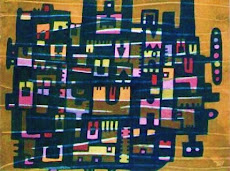


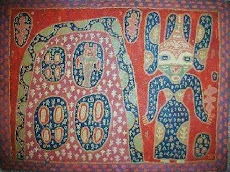






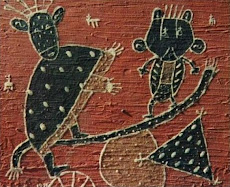


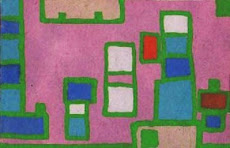




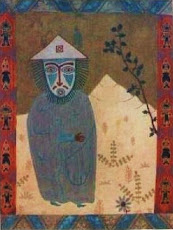



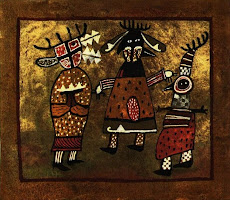






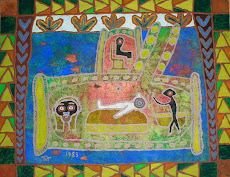




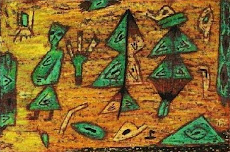
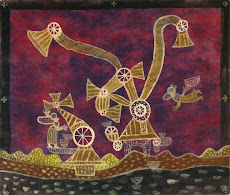






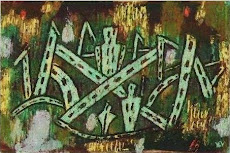
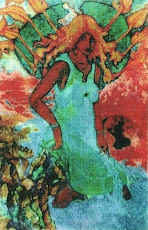

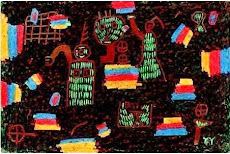
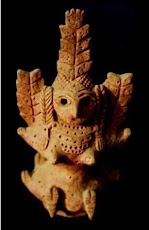
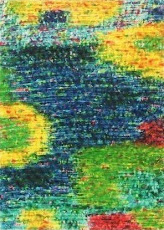




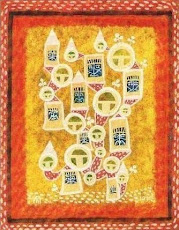

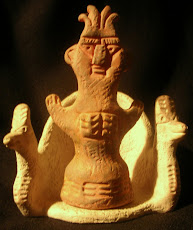
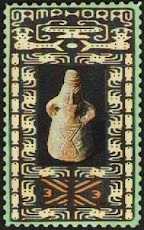
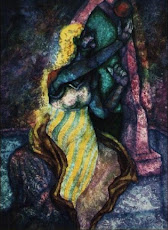
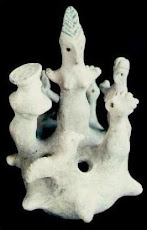

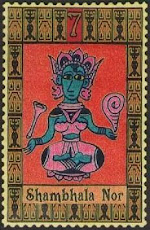

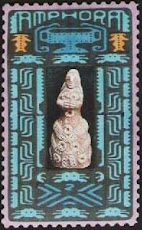
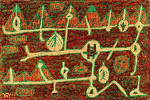

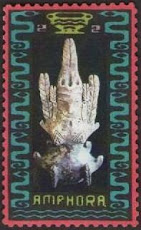



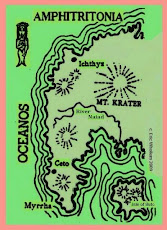
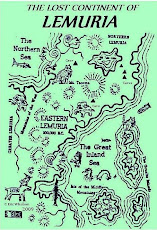
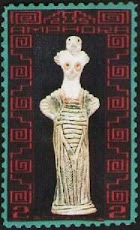



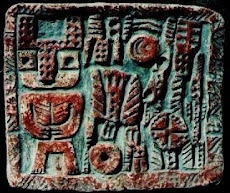

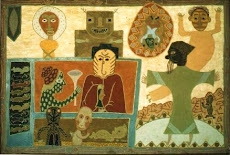





No comments:
Post a Comment
Inquiries, reactions, observations, favorites, commentary. Share with others.